Abuse and overuse or company negligence? Only time will tell. As axles began to fail with quick acceleration and suspensions collapsed under minimal weight, customers complained to Tesla — who stated that it was likely the result of vehicle abuse.
Reuters’ investigation found that Tesla has tracked the machine failures, pointing to the wrong cause. Here’s what we know.
Shreyansh Jain and the 24-Hour Collapse
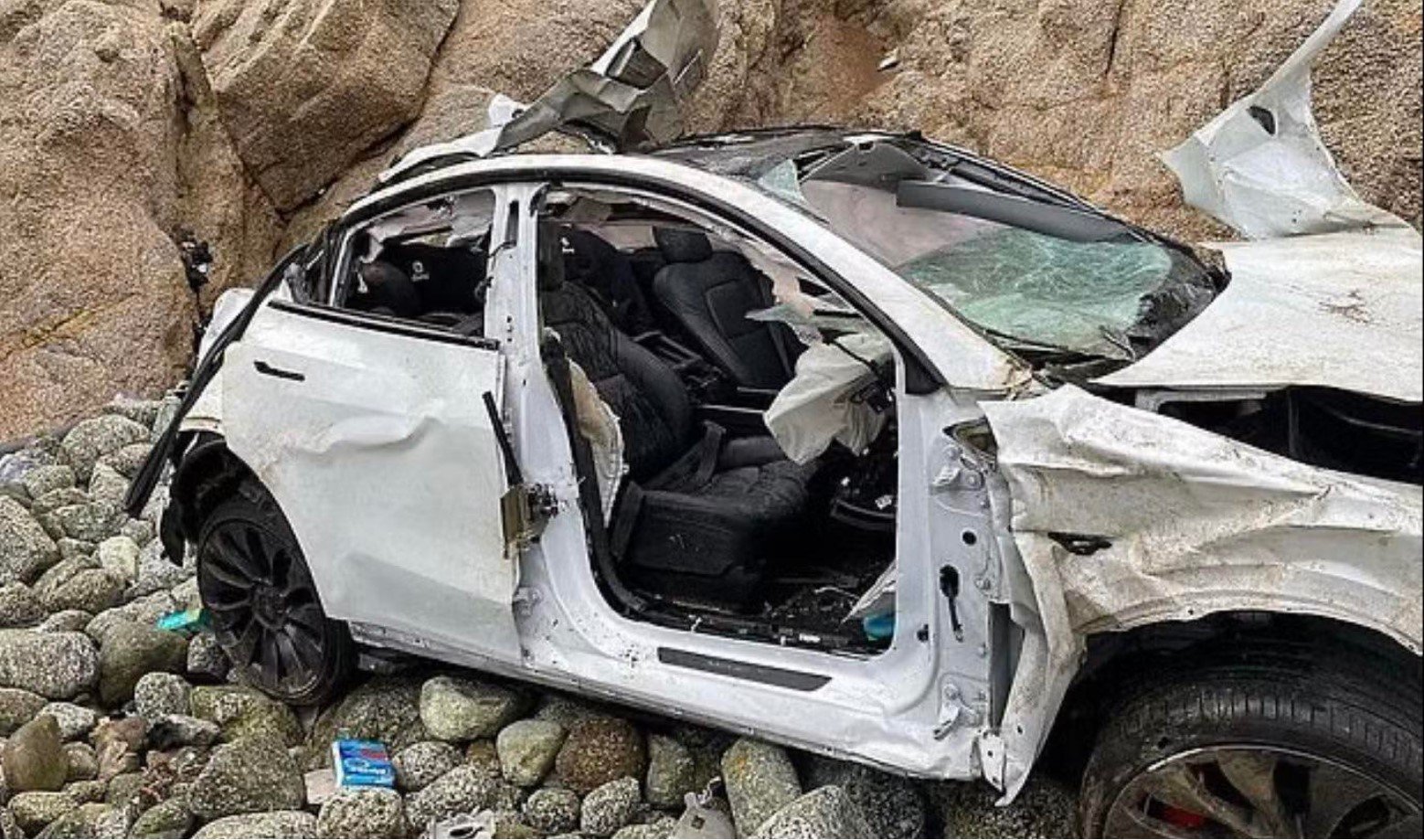
Reuters’ investigation began with the experiences of Shreyansh Jain — who, 24 hours after buying his new Tesla Model Y, experienced a near-traumatic suspension collapse.
Jain had been driving with his three-year-old and his wife when he lost steering control, which could have led to a catastrophic crash. “They were absolutely petrified,” Jain noted.
What Happened During Jain’s Repair Process?

The repairs for the break were extensive, and required over $14,000 in repairs. Service people spent over 40 hours rebuilding key areas of the Tesla, such as the steering column and the suspension.
Reuters noted that Jain wasn’t alone in his experience, either — in fact, tens of thousands of owners had come forth with premature part failure claims and cases.
Wait, When Did Things Start Breaking?
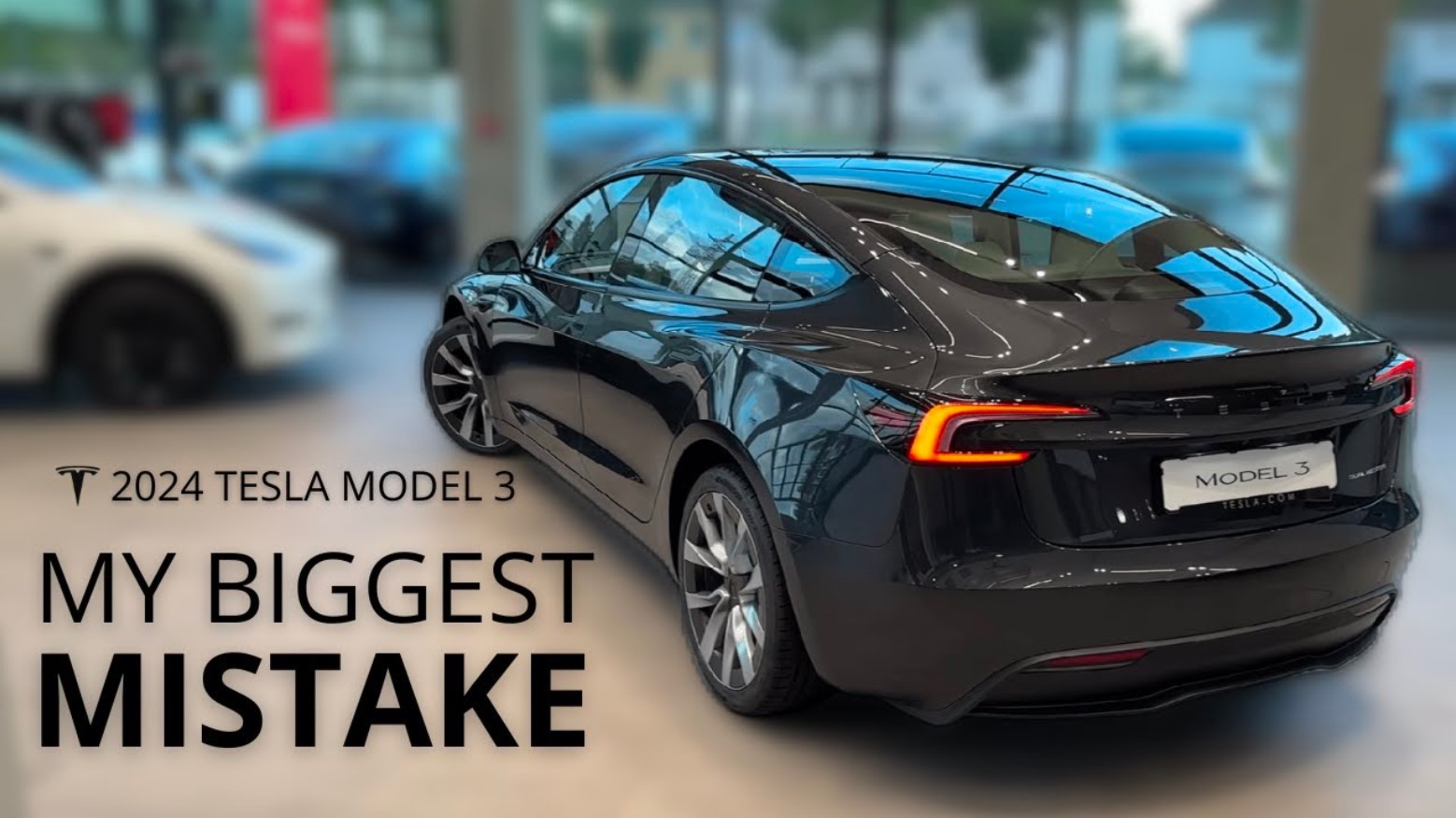
Premature vehicle failure claims extended back across multiple generations and years of Tesla ownership, coming in over nearly a decade of time from thousands of customers.
No specific sales area was affected. Rather, models sold worldwide (such as in Europe, the United States, China, and other locations) all were tied to premature failure issues.
The Suspense about Suspension
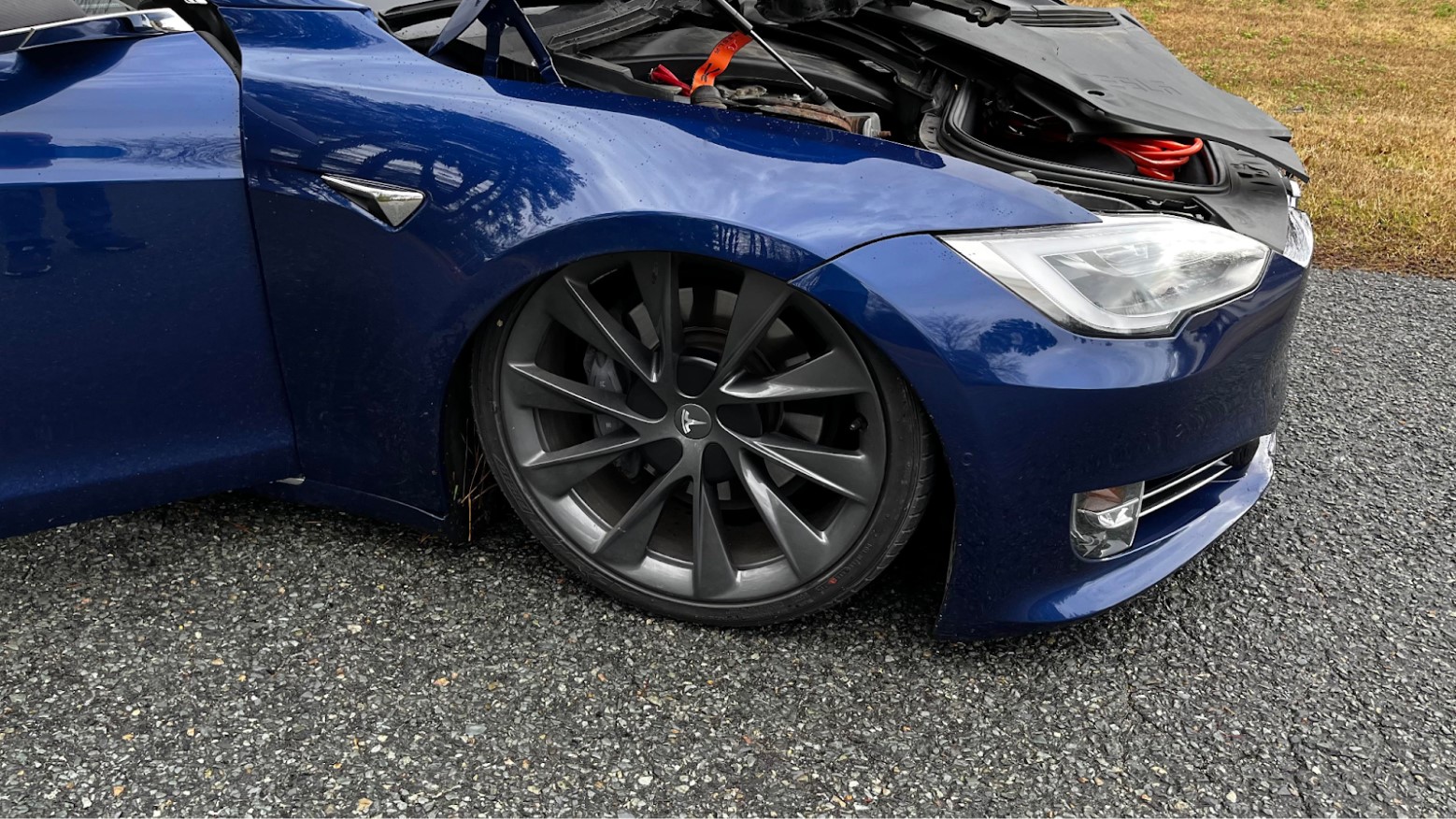
A review of several forum threads across sites and social media platforms has shown that there’s nothing new about suspension issues in Teslas — especially more recent models.
Reuters claims that closed-door interviews with engineers and specialists indicate significant under-reporting of these failures and previous knowledge of the faults of the suspension system in Tesla cars.
What Was the Scope of this Knowledge?
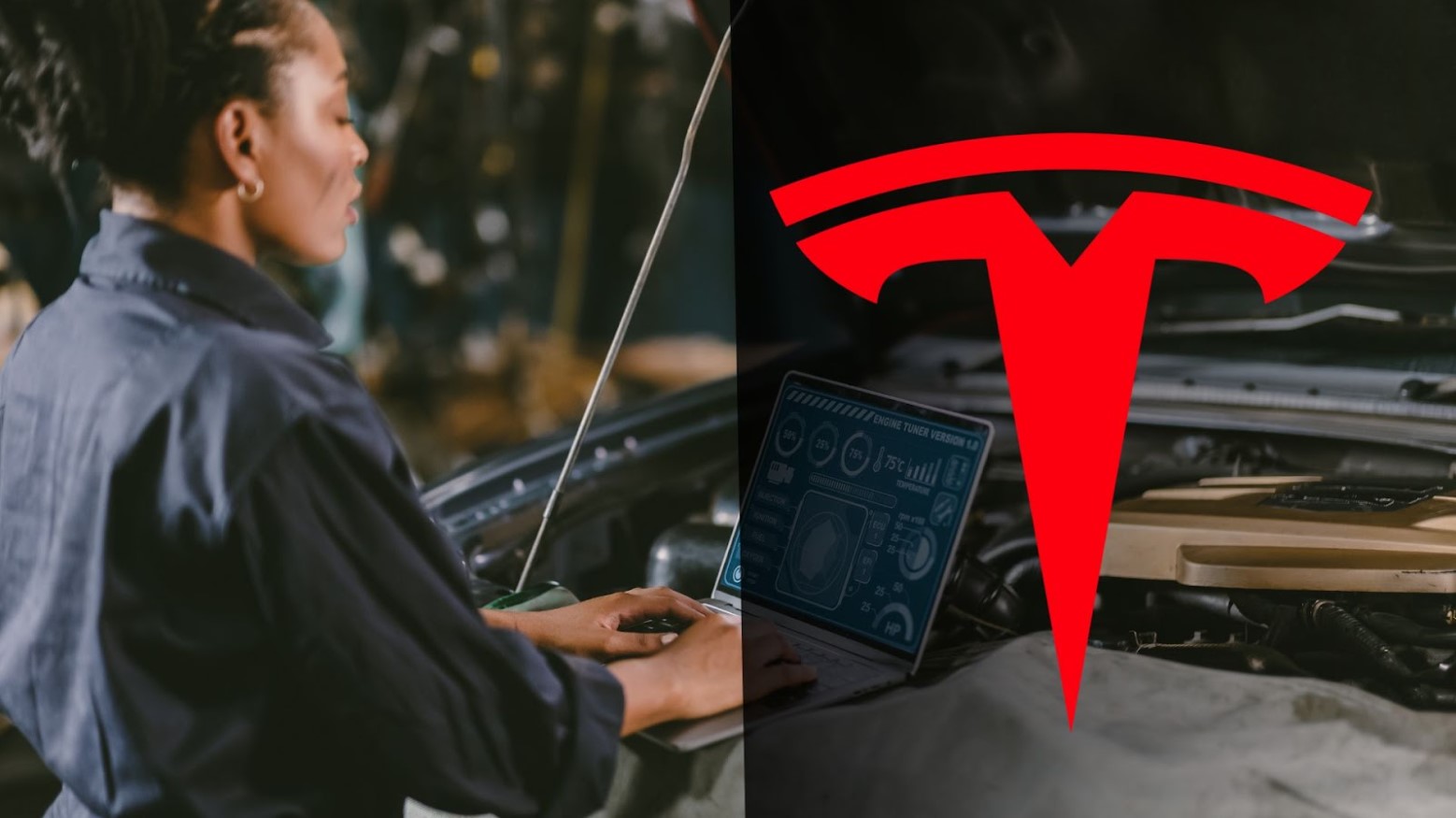
The cited documents range from 2016 to 2022, noting global-level repairs summaries that indicate trends of failure, as well as analyses and reviews from high-level Tesla experts and engineers.
Reuters also notes that memos were dispersed to global-level technicians, noting the knowledge of failure and advising them to assure customers that the parts weren’t inherently faulty.
What Does Elon Musk Have to Say?
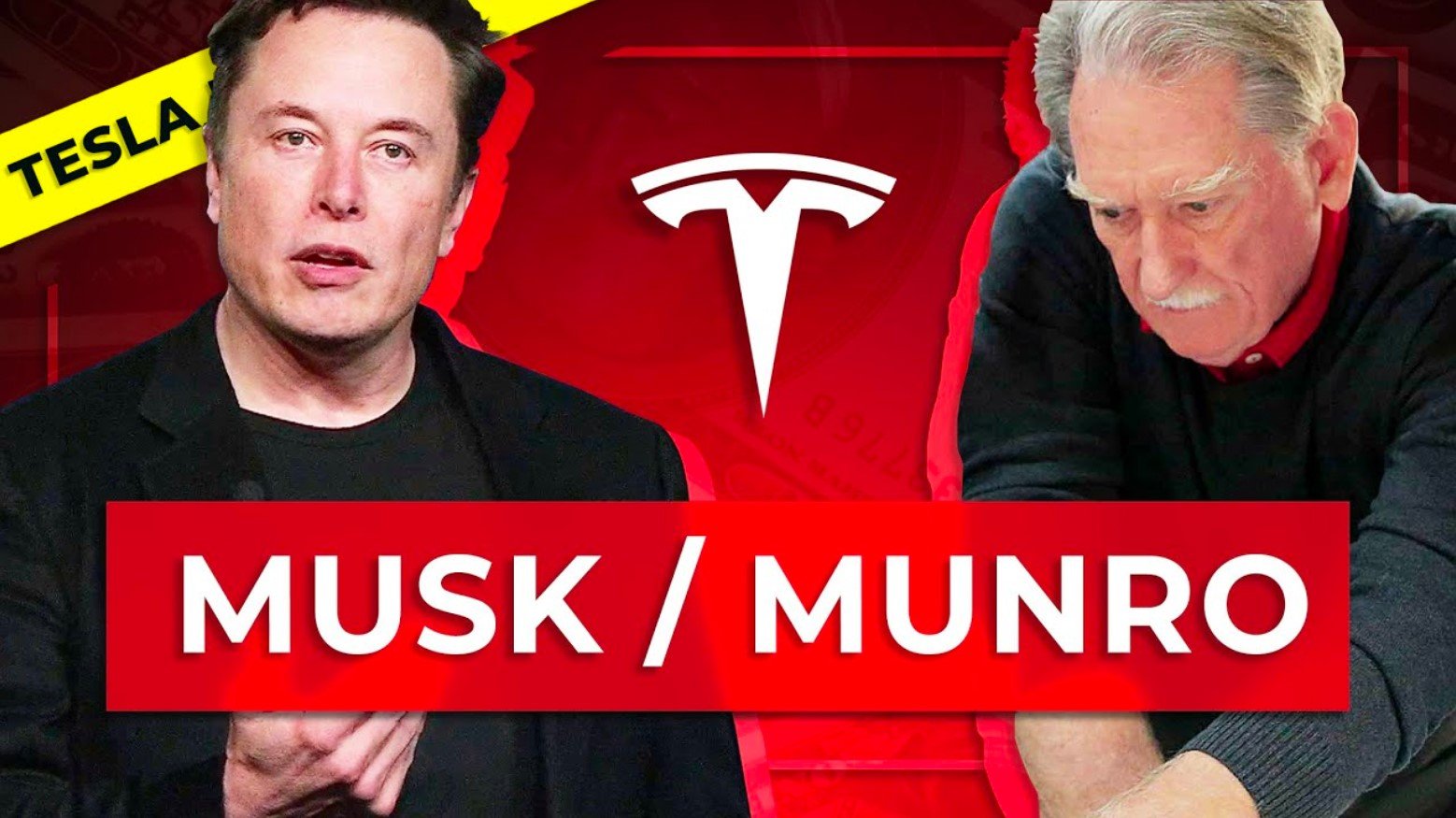
Elon Musk has not come forward to dispute or affirm any claims related to the topic; nor has Tesla as a brand.
The only form of accountability shown from Musk was when he interviewed one on one with Sandy Munro — speaking publicly about build concerns with the Model 3 Tesla from previous generations. He went on to affirm the brand’s quality to multiple outlets after.
Tesla (and Musk) Have a Varied History in the News

Musk is aware that he garners mixed public perception, especially after his recent Twitter acquisition.
He spoke specifically about this topic to the New York Times, challenging them: “Whether you hate me, like me, or are indifferent, (ask yourself): ‘Do you want the best car, or do you not want the best car?’”
A Pattern of Behavior: What Else Did Reuters Find on Musk?
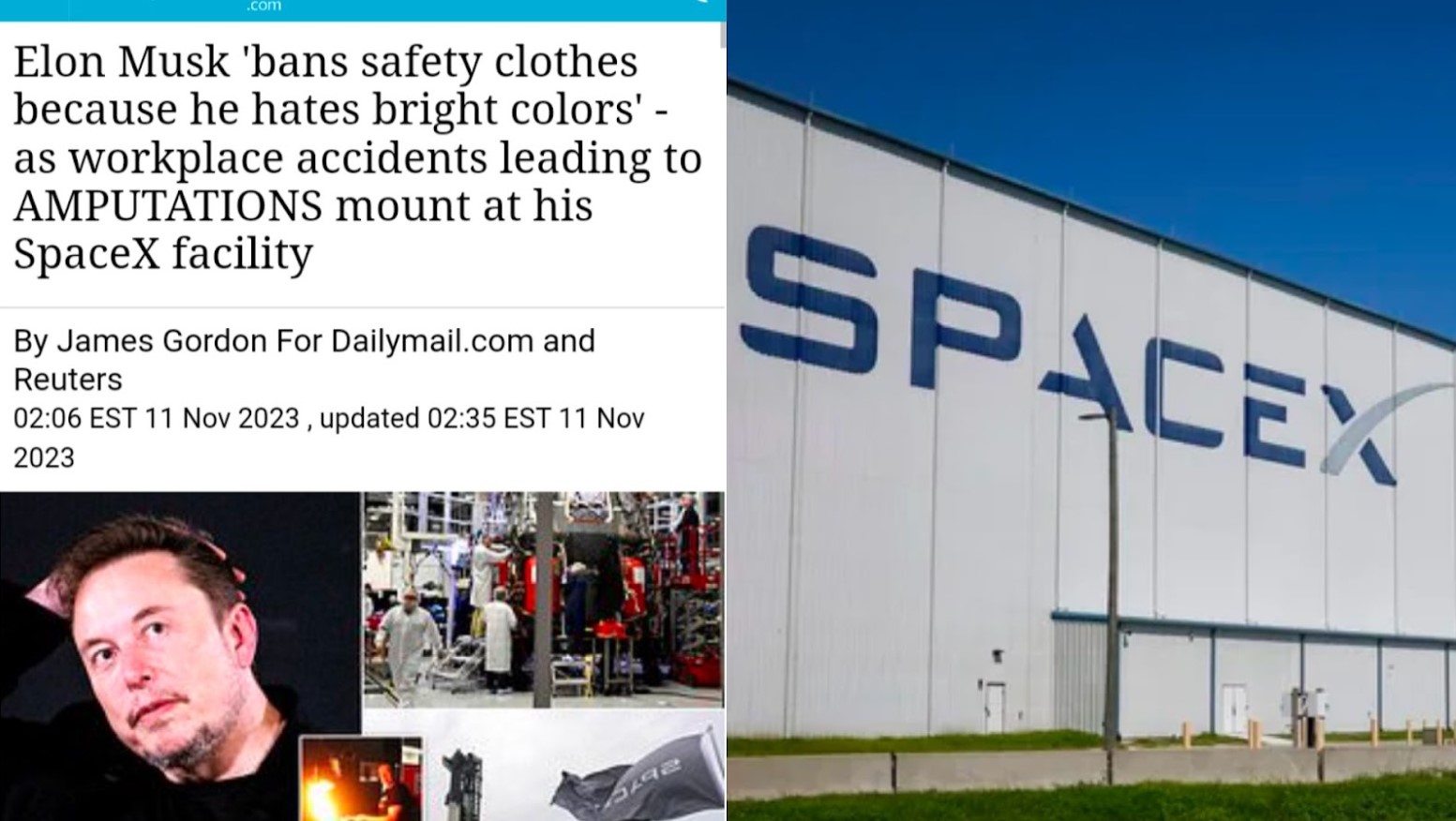
Further in the investigation, Reuters notes that Musk seems to deflect complaints across his diversified business portfolio, focusing instead on a sales-driven approach.
A second Reuters investigation seems to confirm this, finding at least 600 injuries that occurred due to rushed and unsafe working conditions at SpaceX sites around the country.
Tesla’s Centralized Operation Focuses on Profit and Siloed Customer Interactions
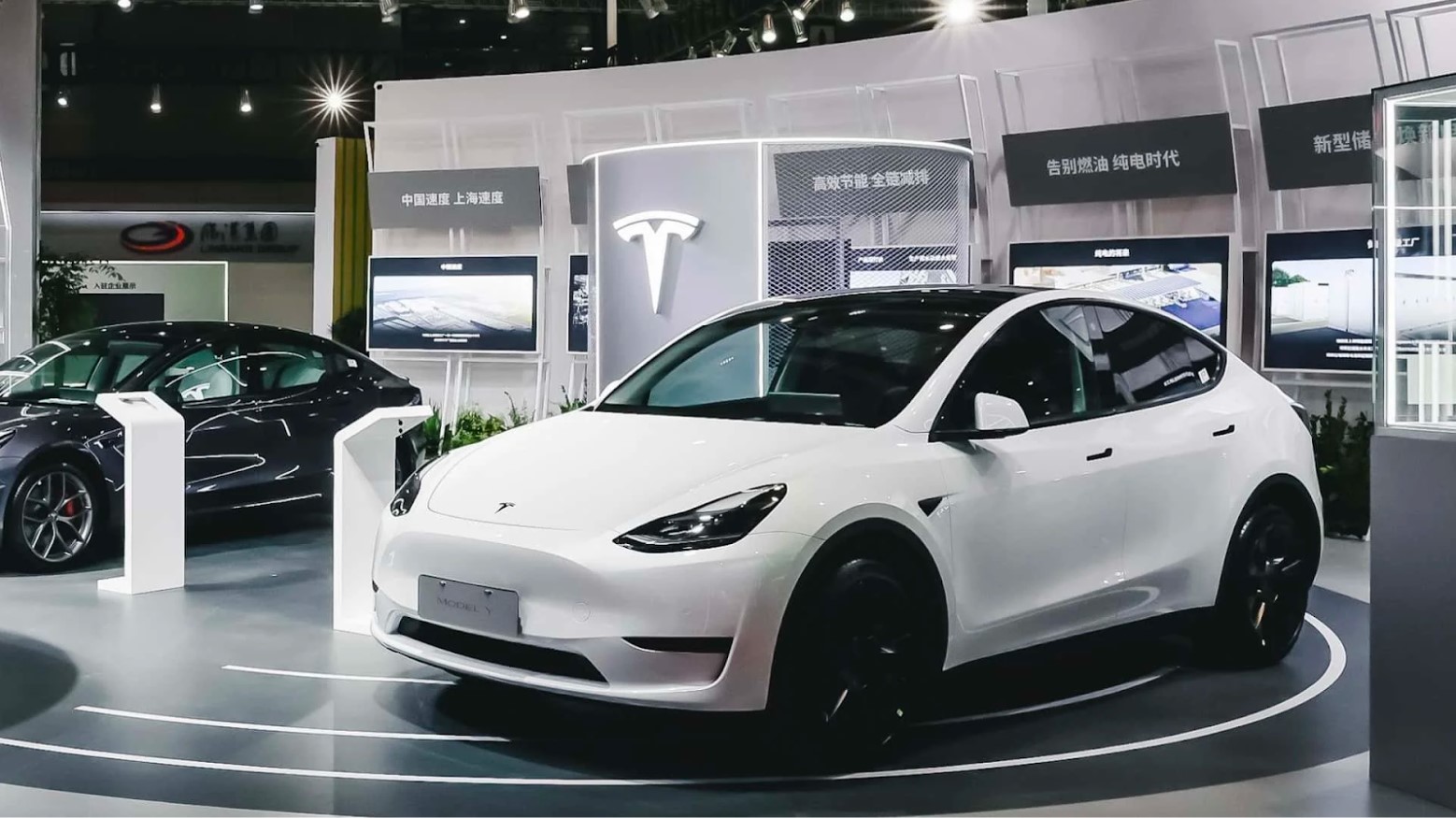
Tesla stands out from traditional auto dealerships, as they offer a centralized model for vehicle sales and service to their customers. Reuters notes that this setup could have given the brand ample opportunity to identify and subsequently bury memos about parts failures and risks.
They also note that Tesla appeared to have customers foot the bill, when it may not have been their fault at all.
Engineers and the NHTSA Added Evidence to the Case
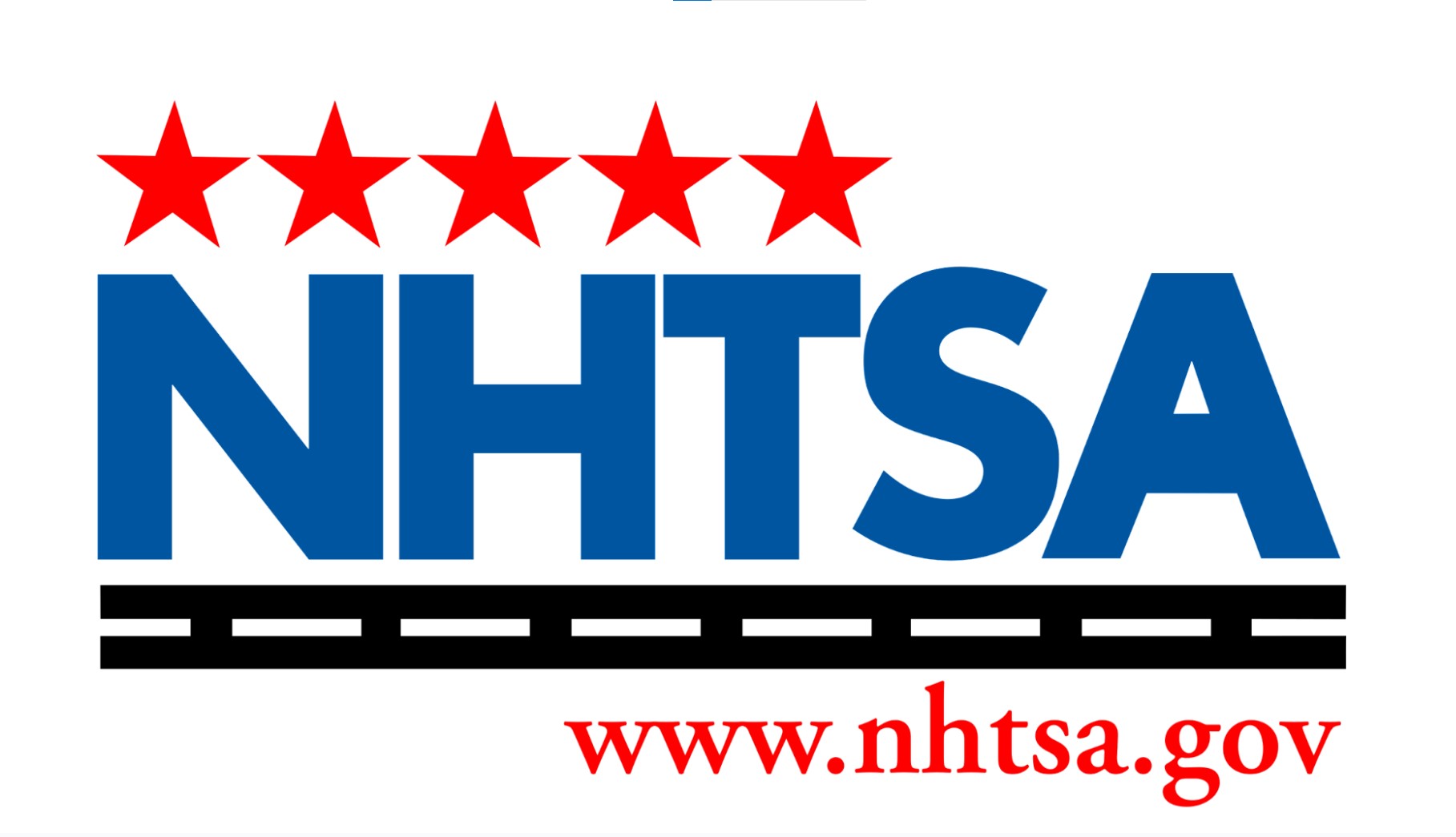
After repeated concerns from engineers, a 2020 letter from Tesla to the U.S. National Highway Traffic Safety Administration (NHTSA) suggests that Tesla placed blame on owners for “abusing” cars when breakage was caused by part failure.
Additionally, the letter suggested that Tesla would replace broken parts with other parts that could still be “risky.”
What Parts Should I Investigate in My Tesla?

Reuters notes there were two primary part categories that failed: The drive axles and the steering racks.
Faults in these areas could lead to vehicle accidents or complete failure of the power steering system and should be investigated as soon as possible. If you believe that you may be at risk, please book an appointment at your local Tesla dealer.
